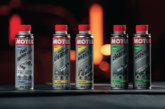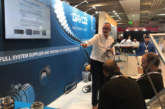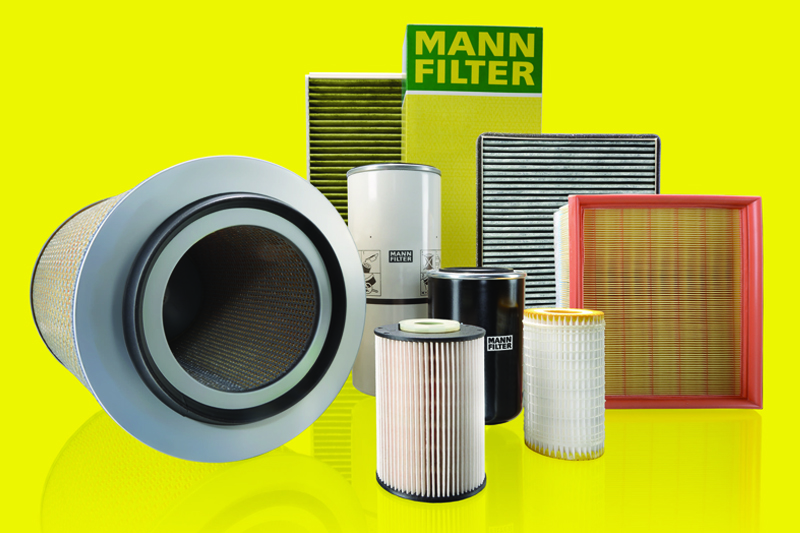
Mann-Filter dispels the common misconceptions surrounding filters, so that factors can ensure customers receive only the highest quality products.
Myth 1
“The same paper is often used both in cheap filters and expensive ones – there are only so many filter paper manufacturers worldwide.”
The number of filter material manufacturers is indeed small. But the origin of the paper tells you nothing about its quality – and nothing at all about the efficiency of the filter. There are so many other factors that have a significant effect on the quality of the filter media:
- Impregnation of the filter media
- ?Improvement through the use of activated carbon or nano-fibres
- Type and quantity of the synthetic fibre added to the paper pulp
- Composition of the synthetic raw materials used in production
- Drying time and temperature
- Production processing (pleating, curing using heat)
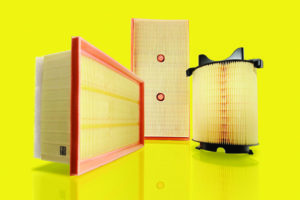
Myth 2
“Filters produced by low-cost manufacturers are less expensive and are almost as good as Mann- Filter filters.”
Low cost is not good, because expensive raw materials are the main driving force behind the price, and without good material, nobody in the world can make an efficient filter.
These are precisely the ways in which Mann-Filter differs from less specialised manufacturers:
- Standardised processes
- Well-trained, specialist staff
- High-quality raw materials and filter components
- Optimum level of automation
Myth 3
“Mann-Filter filters are produced with the same technology as cheap filters. Cheap filters mainly cost less because they are not so widely advertised.”
Even if it were assumed that only the paper was pleated and that the other components were thrown together in some way or other, this statement would contain an ounce of truth at the most. But there are vast differences in filter production. The key features of an OE-quality Mann-Filter filter are:
- ? Strong history of development through many years of partnership with vehicle manufacturers
- ? Production technologies certified according to the latest standards
- ? High quality materials adapted to the application
- ? Latest test methods according to OE specification and international test standards
- ? Continuous quality control throughout the production process
Myth 4
“Unlike oil filters, the quality of air filters is not an issue – they are more or less all the same and are not as important for the running of the car. You can opt for the bottom price range without any problem.”
Oil filters are usually the ones to attract attention. However, the importance of the air filter has increased enormously in modern vehicles. Reasons why customers shouldn’t skimp on this:
- Modern engines are becoming increasingly efficient and therefore have higher demands on air filters
- With the increase in the air volume passing through the filter, both the load on the air filter and its importance have risen proportionately
- An efficient air filter is the basis for optimum fuel combustion
- If water enters the air filter housing, the correct function of simple air filters can no longer be guaranteed, which leads to a drop in engine power ? A flame-retardant impregnation protects both engine and occupants
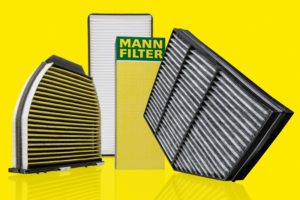
Myth 5
“Air filters do not necessarily have to be changed at each vehicle inspection. It is enough to clean them or blow them through with compressed air to restore their function.”
Permanent temperature loading of 80°C and temperature peaks of more than 100°C can occur at the filter element during vehicle use. Therefore, even materials of the highest quality will age and suffer fatigue. Also, any attempt to clean an air filter can have very detrimental effects:
- ?Mechanical stress during the cleaning process can lead to rupture of the pleats – which means the end of the filtration effect
- The high cleaning air pressure may destroy the structure of the filter paper, so that the dust holding capacity is reduced
- ?Dirt particles can enter the engine through broken pleats and damaged structures
- ?The reduced holding capacity in turn reduces the service life
Myth 6
“Instead of buying a new cabin filter, all you need to do is brush the old one until it is clean.”
If you take water and brush to a cabin filter, it will look cleaner, but the tiny particles, such as pollen, fungus or mould spores cannot simply brushed away. The cleaning process may in fact loosen them so that they enter the passenger compartment next time the ventilation system is operated. Other problems also often occur:
- ?Misting of the windows, because residual moisture from washing the filter can enter the passenger compartment
- Recurring misting of the windows in damp weather, because particles retained in the filter material do not allow the fresh air to pass through freely
- Reduced cooling effect, because residual dirt particles can block the air flow from the air conditioning system into the passenger compartment
- Pollen, dust and dirt particles can no longer be retained, because the electrostatic charge of the filter has been lost due to washing
Myth 7
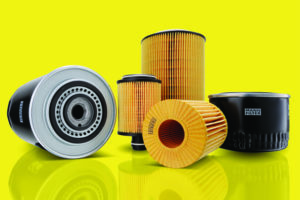
“Provided that size and thread match, oil filters are interchangeable. Therefore, you do not have to go to the effort of buying a filter with a corresponding part number.”
Even if the dimensions of a filter are right, it does not mean it is a good choice. From the outside, the black can may make a customer feel confident about what they are buying, but only a high quality oil filter offers optimum protection. It’s what’s inside that counts:
- ? The filter material must be suitable for the engine and application
- ? Only the right filter that matches the application perfectly is able to retain separated dirt particles until the next change is due
- ? Depending on the type of engine, a filter needs a certain number of valves for optimum protection against engine wear. Not only is the number of valves important, but also the correct design values, such as the opening and closing pressure of a valve
Myth 8
“If you take a cheaper filter and replace it twice as frequently, the effect is the same as using an expensive filter.”
A cheap filter never gives the same result – not for an instant. And to cap it all off, a
cheap filter conceals a whole series of risks:
- Possible leaks, e.g. at the filter medium or bypass valve
- Lower separation efficiency
- Uncertainty regarding durability
- Use of incompatible materials in the vehicle, e.g. embrittlement of cellulose media through aggressive oil constituents
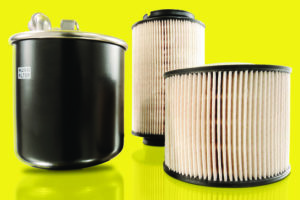
Myth 9
“The faster the oil pressure light goes out again after changing the filter, the better the filter.”
Usually, there is only one reason why the oil pressure light comes on briefly and then goes out again: when, after changing, the filter is empty for a moment. But, a customer should leave the stopwatch where it is, because the time taken says nothing at all about filter quality. The delay can be dangerous if the warning light no longer goes out – because then the oil pressure is too low. Apart from a low oil level or a defective oil pump, the problem may also be caused by the filter:
- ? The flow resistance is too high because an incorrect or low quality filter has been used
- ? The filter is full because the change interval has been exceeded


